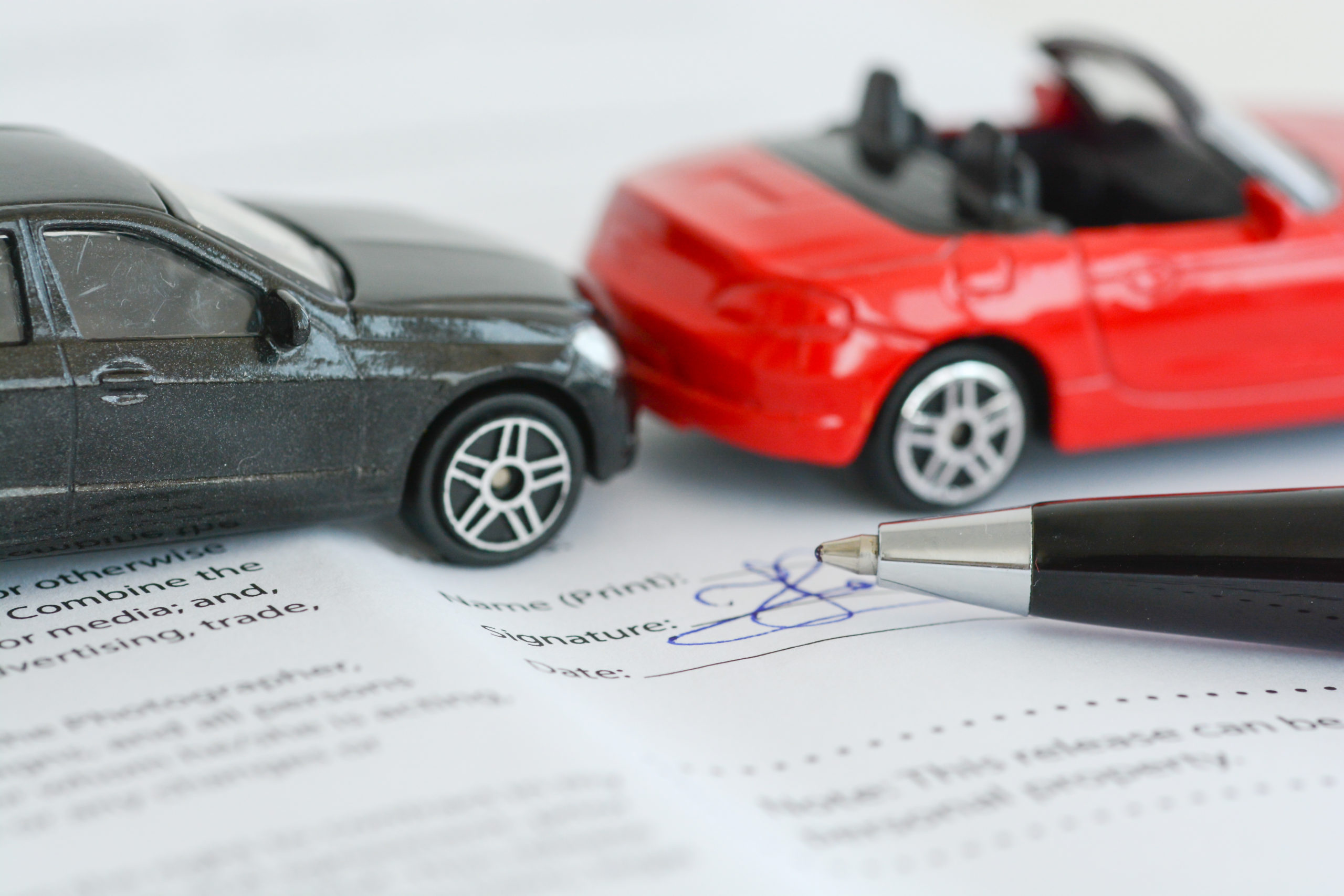
13 Jul Auto Insurance Language – Defined!
Statistically speaking, vehicle owners get into accidents about once every 7 years, so the average consumer rarely interacts with their insurance carrier on a regular basis. If you have recently been in an auto accident, you may have filed a claim with your insurance carrier, or possibly against a responsibly party’s insurance policy.
This can be a confusing time for many, with so many terms and verbiage specific to the insurance industry. We thought we would help define some of the terms and language which will present itself during the course of your auto claim.
Actual Cash Value (ACV): This is the fair market value of an item at the time it was damaged, stolen or destroyed. If your vehicle is at the body shop and determined to be a total loss, your account manager will work with your insurance carrier to review the condition of your car’s body, interior, tires, and additional equipment. Based on the pre-accident condition of the car, a claim adjuster locates similar models for sale in your area and uses those prices to determine the Actual Cash Value.
Adjuster: This is the Individual employed by an insurance company to settle claims brought by policyholders or claimants. The adjuster investigates the claim, determines liability and then makes payment based on the coverage available in its policy contract.
Auto Insurance: Auto Insurance provides protection from losses resulting from owning and operating an auto. The insurance covers losses to the insured’s property and losses for which the insured is liable as a result of owning or operating an auto.
Carrier: The carrier is the insurance company that underwrites and issues the insurance policy. The term refers to the fact that the company carries (or assumes) certain risks for the policyholder.
Claim: This is the formal request to an insurer for payment under the terms of your policy. When you file a claim, you will be given a claim number and information on your claims adjuster. Keep this information handy for quick reference during a claim.
Claimant: The claimant is someone who files a claim for an accident. A claimant can be 1st party or 3rd party claimant. A 1st party claimant is someone who is making a claim against his/her own insurance policy. A 3rd party claimant is the party pursuing their claim directly against the at-fault person or the at-fault person’s insurance company.
Collision Coverage: Collision coverage pays for damage to your car caused by an impact with another vehicle or object. Collision coverage includes a deductible, such $250 or $500. You are responsible for paying the deductible when you get the damage repaired. For example, if the damage was $1,500 and you have a $500 collision deductible, your insurance carrier pays $1,000 toward the repair costs. Kniesel’s will collect your deductible when the repairs have been completed on your vehicle.
Comparative Negligence: Comparative negligence states that when an accident occurs, the fault and/or negligence of each party involved is based upon their respective contributions to the accident.
Comprehensive Coverage: Comprehensive coverage pays for damage caused by hazards other than collision, such as fire, theft, explosion, windstorm, hail, water or contact with an animal. Like Collision coverage, Comprehensive coverage includes a deductible.
Declarations: This is the part of your policy that includes your name and address; the property that is being insured, its location and description; the policy period; the amount of insurance coverage and the applicable premiums.
Deductible: The amount that must be paid out of pocket by the insured for covered losses. Kniesel’s will collect the deductible at the end of the repairs to your vehicle.
Depreciation: In auto insurance, depreciation is used to determine the actual cash value of a vehicle, in the event it is determined to be a total loss. Factors such as miles driven, model year and overall condition will be used to determine the current value of the car.
Exclusions: Exclusions are items that are specifically denied coverage under the terms of an insurance policy. For example, most auto insurance policies exclude coverage for normal wear and tear, drag racing and intentional acts.
Payee: The payee is an insured individual or a beneficiary who receives a loss payment from an insurer. On an auto insurance policy, a Loss Payee is the institution that financed the loan or lease of the vehicle. In the event of a total loss, the insurance company makes payment to the Loss Payee first.
Replacement Cost: Replacement cost is the cost of replacing or repairing lost or damaged property without allowing for depreciation in value or considering the market value. Some auto insurance companies offer Guaranteed Replacement Cost coverage on new cars, if the loss occurs within the first 12 months of ownership or 12,000 miles driven.
Totaled: A vehicle is totaled if the cost of repairs exceeds the car’s value. If your car is totaled and you have comprehensive and/or collision coverage, an insurer will pay you the full market value of your car or the limit of the policy, less your deductible if you are at fault.
*****
No one likes getting into an auto accident. At Kniesel’s Collision, we truly understand the disruption an accident can bring to your life. We create a personalized approach by providing an impeccable repair experience for each customer who walks through our doors. This is why our state-of-the-art auto body citrus heights center and other facilities continue to achieve the highest customer satisfaction scores in the auto repair industry.









